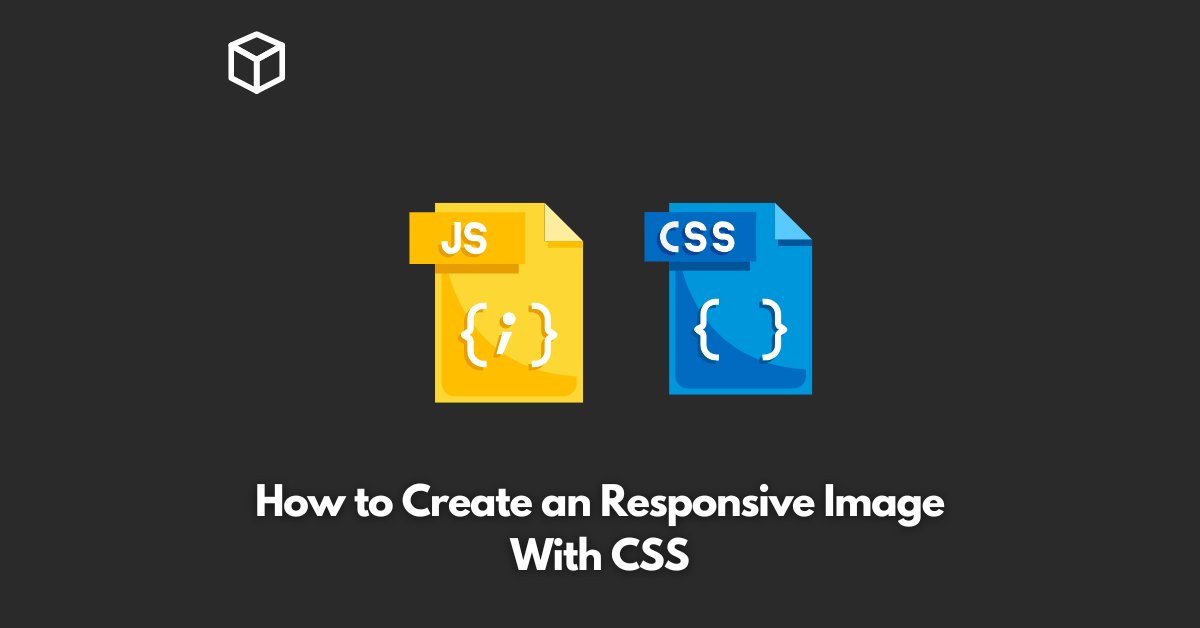In the world of web design and development, creating a responsive image is an essential aspect.
With the increasing use of different devices such as smartphones, laptops, and tablets, it’s crucial to make sure that the images on your website look good on any screen size.
In this tutorial, we’ll explore how to create responsive images using CSS.
What is a Responsive Image?
A responsive image is an image that adjusts its size and shape to fit the screen size of the device it’s being viewed on.
This way, the images don’t become too small or too large, making it easier for the users to view them and providing a better user experience.
CSS Techniques to Create Responsive Images
There are several techniques you can use to create responsive images using CSS.
Here are a few of them:
Using max-width Property
The max-width property is a CSS property that sets the maximum width of an element. T
his property can be used to set the maximum width of an image to 100%, which means it will automatically adjust to the size of the screen.
Here’s an example of how to use the max-width property to create a responsive image:
img {
max-width: 100%;
height: auto;
}Using Flexbox Layout
The Flexbox layout is a CSS layout mode that provides a simple way to create flexible and responsive layouts.
You can use the Flexbox layout to create a responsive image by setting the width and height of the image to auto and making the parent container a flex container.
Here’s an example of how to use Flexbox layout to create a responsive image:
.container {
display: flex;
align-items: center;
justify-content: center;
}
img {
width: auto;
height: auto;
}Using Object-Fit Property
The object-fit property is a CSS property that defines how an element should fit within its container.
This property can be used to set the size of an image to either fill the container, maintain its aspect ratio, or stretch to fit the container.
Here’s an example of how to use the object-fit property to create a responsive image:
img {
object-fit: contain;
width: 100%;
height: 100%;
}Conclusion
In conclusion, creating responsive images is crucial for providing a better user experience on different devices.
By using CSS techniques such as max-width property, Flexbox layout, and object-fit property, you can easily make your images responsive.
Try experimenting with these techniques and see which one works best for your website.




